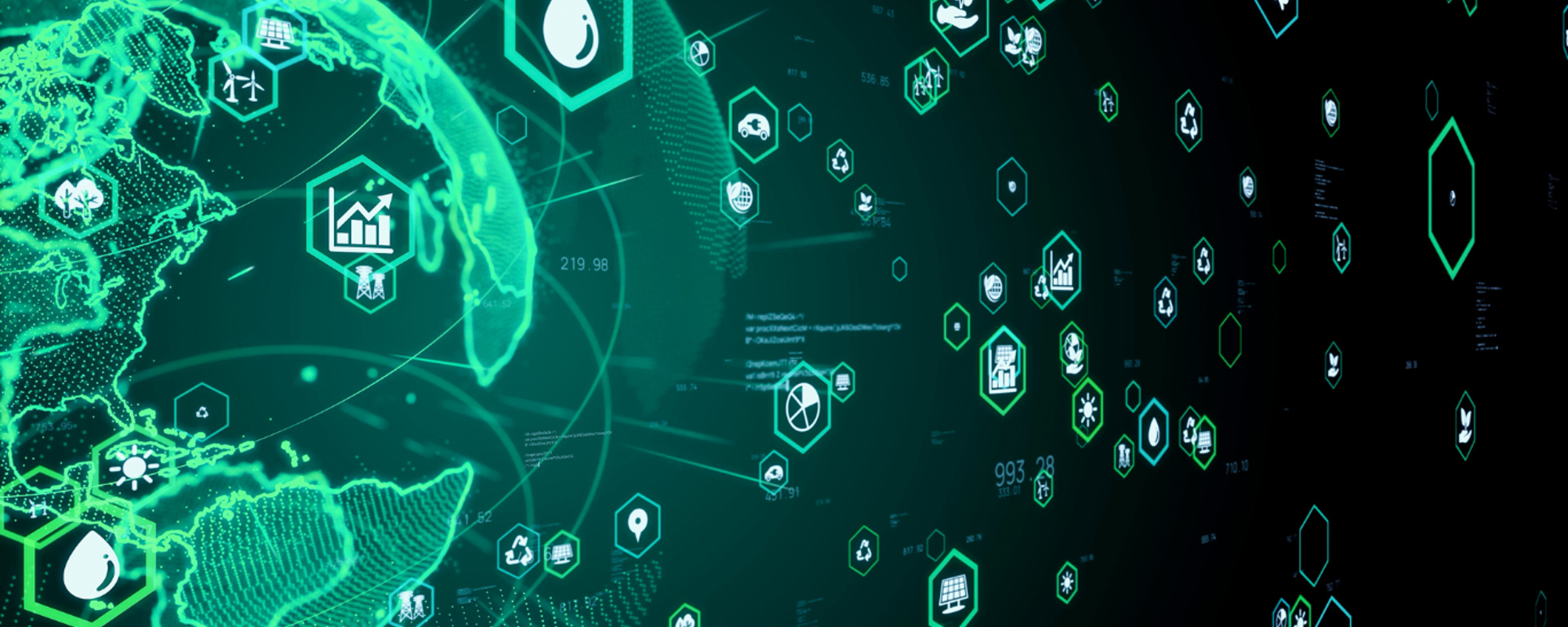How do you measure sustainability?
When people talk about sustainability, they're referencing a broad effort to make our current actions and processes compatible with the needs of future generations. It's about ensuring our planet remains habitable and prosperous for our children, their children, and beyond.
This is why measuring sustainability is important. It allows companies and organisations to track their progress towards their goals, identify areas for improvement, and demonstrate their commitment to sustainability to stakeholders. It can also help them identify areas where they can make a positive impact and create value.
Just as a business measures its profitability or efficiency, measuring sustainability enables companies to:
Gauge Performance: Companies can monitor how their actions might be affecting the planet. This entails measuring or tracking the results of something; in this case, the results of a company's sustainability efforts. In the context of sustainability, companies typically measure aspects such as their energy consumption, waste production, water use, greenhouse gas emissions, and so forth. They might also consider factors like employee engagement or customer satisfaction. This allows them to discern where they excel and where improvement is needed, subsequently formulating strategies to enhance their sustainability performance over time.
Ensure Accountability: Measurement tools ensure that when a company purports to be sustainable, it genuinely is. Thus, when a company claims sustainability, it's vital that its assertions are substantiated by tangible data and evidence. By measuring and tracking progress, companies can present concrete evidence of their sustainability initiatives and outcomes. This confirms their accountability for their claims and actions, fostering trust with stakeholders. It also promotes transparency, fundamental for the establishment of a genuinely sustainable business. It's not merely about claiming sustainability; it's about the tangible execution and result assessment.
Benchmark: Companies can gauge their performance in comparison to competitors or industry norms. A company might compare its greenhouse gas emissions to the average emissions of its industry peers. Or it might contrast its water usage with the average consumption of businesses in its region. Benchmarking provides insights into a company's relative performance, shedding light on areas needing focus. It's also instrumental in identifying industry best practices that can be emulated or modified to boost sustainability performance.
4. Tools for Measurement:
Various tools are at the disposal of companies for sustainability measurement. Some of the most prevalent include:
- The Global Reporting Initiative (GRI)
- The Sustainability Accounting Standards Board (SASB)
- The Carbon Disclosure Project (CDP)
- The Dow Jones Sustainability Index (DJSI)
- The B Impact Assessment (BIA)
The GRI is a non-profit organization that provides a framework for sustainability reporting. It includes guidelines on what to measure and how to report on it. It also has a set of universal standards for measuring and reporting sustainability performance. Many organizations use the GRI as a framework for their sustainability reports.
The SASB, on the other hand, is a nonprofit that develops standards for the disclosure of environmental, social, and governance (ESG) information by public companies. These standards are designed to help investors understand the sustainability risks and opportunities of different companies.
The CDP is an international nonprofit that runs a disclosure system for companies to report on their environmental impacts. Companies fill out the CDP questionnaire and the CDP then collects and analyzes the data.
The DJSI is an index created by Dow Jones and RobecoSAM that measures the sustainability performance of the world's largest companies. It evaluates companies based on their economic, environmental, and social performance.
Finally, the BIA is an assessment tool developed by B Lab that helps companies measure and improve their social and environmental impact. It focuses on five areas: governance, workers, community, environment, and customers.These instruments offer frameworks and standards for reporting on various sustainability facets, encompassing environmental, social, and governance (ESG) components.
The LCA and the Ecological Footprint are pivotal tools for sustainability measurement. An LCA quantifies the cumulative environmental impact of a product or service throughout its life cycle, spanning production to disposal. This considers energy consumption, water usage, and greenhouse gas emissions. The Ecological Footprint evaluates the resource consumption of an individual or organisation against the planet's regenerative capacity, providing insights into the sustainability of a particular lifestyle or business model.
Each tool comes with its strengths and constraints. The GRI and the SASB are well-established benchmarks for sustainability reporting, widely acknowledged by businesses and investors. Nonetheless, some argue that GRI standards lack precision and fail to offer ample guidance on actual sustainability performance measurement. The SASB standards predominantly focus on financial and business ramifications and might not resonate with all entities. The CDP and the DJSI primarily assess businesses' environmental footprints, potentially overlooking some social or economic impacts. The LCA excels in evaluating a product's environmental footprint but might neglect social or economic influences. The Ecological Footprint, while offering a comprehensive sustainability perspective, can be intricate to determine with precision. In essence, utilising a combination of tools is recommended to obtain a holistic view of sustainability instead of an over-reliance on a singular method.
Challenges in Measuring Sustainability
Several core challenges exist in sustainability measurement. One pertains to the intricacy of obtaining precise data, especially concerning environmental ramifications. Another issue is the absence of a universally accepted sustainability definition, leading to variances in measurement perspectives amongst organisations. Furthermore, the cost and time-intensive nature of sustainability measurement can deter organisational commitment. However, with increasing recognition of sustainability's importance, these challenges are being tackled, paving the way for innovative solutions.
In conclusion, measuring sustainability is a comprehensive and multifaceted endeavour that transcends mere environmental impact assessment. It mandates the thorough evaluation of an organisation's progress across various domains, including social and economic spheres, ensuring that sustainability is deeply embedded within its operational ethos. With an array of tools and metrics at their disposal, from GRI and SASB to LCA and Ecological Footprint, organisations are equipped to monitor performance, guarantee accountability, and set benchmarks against industry standards. While these tools each have their nuances, collectively they provide the necessary frameworks for an exhaustive sustainability appraisal. Despite existing challenges, such as data precision, definitional alignment, and resource constraints, ongoing advancements in sustainability measurement techniques are rendering these hurdles increasingly negotiable. Adopting these evaluation metrics is crucial for cultivating trust, transparency, and truly sustainable practices that echo our allegiance to future generations. The imperative of sustainability measurement is evident: it is an indispensable duty guiding our journey towards a more just, thriving, and sustainable world.


